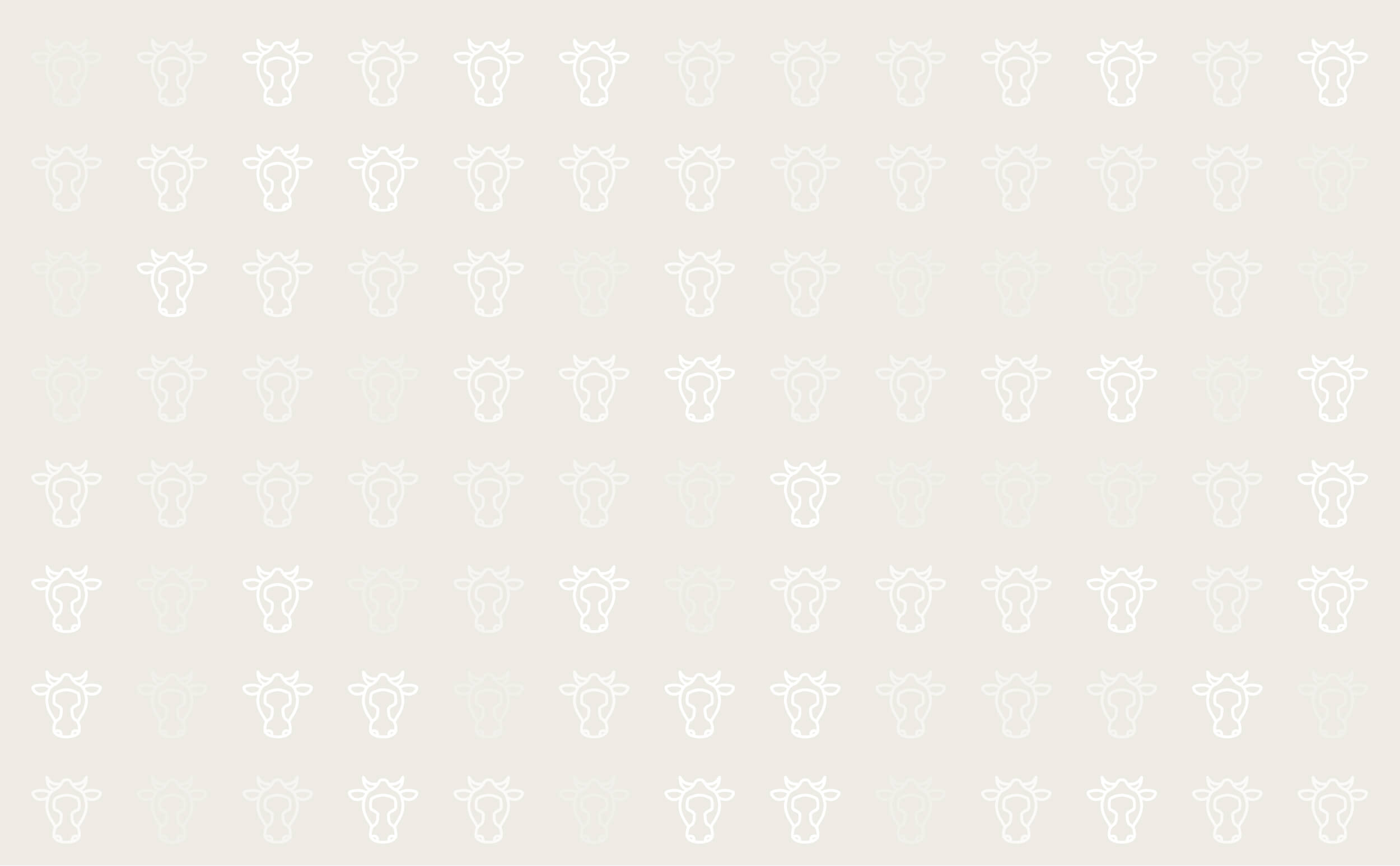



Digital Dermatitis (Hairy warts)
Digital dermatitis is a highly contagious, erosive infection usually affecting the skin on the bulbs of the heel but it can also be found between the digits or in the area of the coronary band.
It can affect any breed or age group, although young animals with a poor immune response are most susceptible. It spreads rapidly from newly acquired animals, or it may be introduced by any mechanical vector, eg, boots or hoof trimming instruments.
Cause
Contact with slurry is essential for the development of digital dermatitis. The disease is more prevalent in housed herds with poor hygiene and wet conditions.
The condition was first seen in European countries, but during the last decade it has spread across the dairy-producing areas of the USA. The incidence in beef cattle appears to be minimal. The incidence is highest in loose-housed herds that are not kept clean. The prevalence is highest in the fall and winter and is lowest if the animals are pastured.
Symptoms
Two main types of lesions are seen, one is erosive/reactive, the other is proliferative or wart-like. Both forms cause varying degrees of discomfort and may give rise to severe lameness. Sometimes, one particular form predominates in one area, but both forms can be seen in the same animal. The two forms likely represent different stages of the disease process.
Lesions vary from a few matted hairs, to loss of hair and skin damage, white keratin plugs produced on skin and scabs.
Other signs of digital dermatitis include:
- Cow appears to be shaking foot
- Cow shifts weight from one foot to anotherWalks on toes
Treatment
Footbaths containing antibiotics can be used. For optimal effect, the heels of the cows should be washed thoroughly before entering the footbath. Repeat treatments may be needed after four to six weeks, depending on the extent of the environmental challenge.
In advanced cases, individual treatment may be needed. The foot, especially the interdigital area, should be thoroughly cleansed to remove the prolific population of spirochetes. A single dressing of caustic mix can be applied carefully to the infected tissue and protected by a waterproof bandage.
Non-antibiotic treatments include footbaths containing copper sulfate, zinc sulfate, or formalin. The effectiveness of these footbaths is still doubted by many, although there are various studies demonstrating their benefits.
Prevention
Digital dermatitis thrives in damp dirty conditions, so keeping passageways clean and minimising cow contact with slurry reduces the risk of infection.
Stock coming onto the farm should be treated by antibiotic spraying or with an antibiotic footbath and kept seperated for two weeks before being footbathed again and mixed with the existing herd.
All possible hygiene measures should be taken to ensure against cross contamination eg, with foot trimmers.

